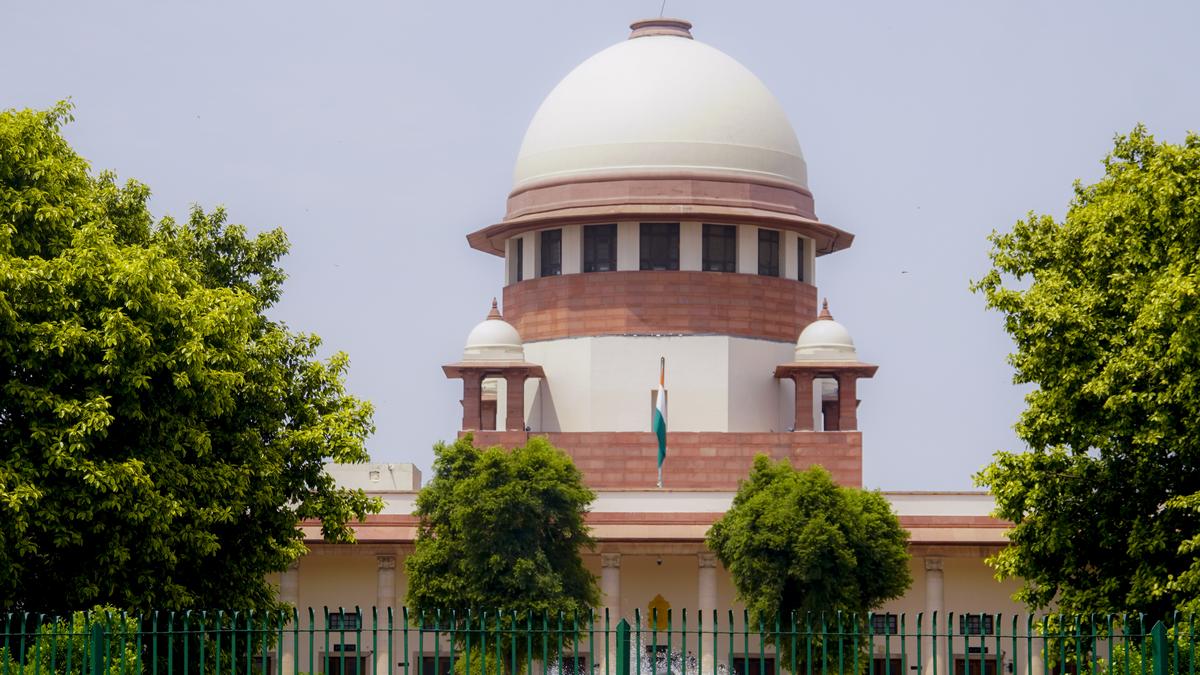Description
Context: The Supreme Court indicated in a judgment that a literal interpretation of a penal provision on dowry death may have blunted the battle against the “long-standing social evil”.
Chief Justice of India called dowry harassment a “pestiferous” crime where women are subjected to cruelty by “covetous” husbands and in-laws.
Dowry deaths in India:
- Dowry deaths accounted for 40% to 50% homicides in the country for almost a decade from 1999 to 2018.
- In 2019 alone, 7,115 cases of dowry death were registered under Section 304-B of the Indian Penal Code.
Section 304-B of IPC:
- To make out a case of dowry death, a woman should have died of burns or other bodily injuries or “otherwise than under normal circumstances” within seven years of her marriage.
- She should have suffered cruelty or harassment from her husband or in-laws “soon before her death” in connection with demand for dowry.
- Over the years, courts had interpreted the phrase 'soon before' in Section 304-B as 'immediately before'.
- This interpretation would make it necessary for a woman to have been harassed moments before she died.
- Such “absurd” interpretations should be avoided, the apex court noted.
- Section 304-B, IPC does not take a pigeonhole approach in categorising death as homicidal or suicidal or accidental.
- The reason for such non-categorisation is due to the fact that death occurring in ‘other than under normal circumstances’ can, in cases, be homicidal or suicidal or accidental,”
https://www.thehindu.com/news/national/dowry-deaths-supreme-court-widens-scope-of-section-304-b/article34670458.ece?homepage=true







